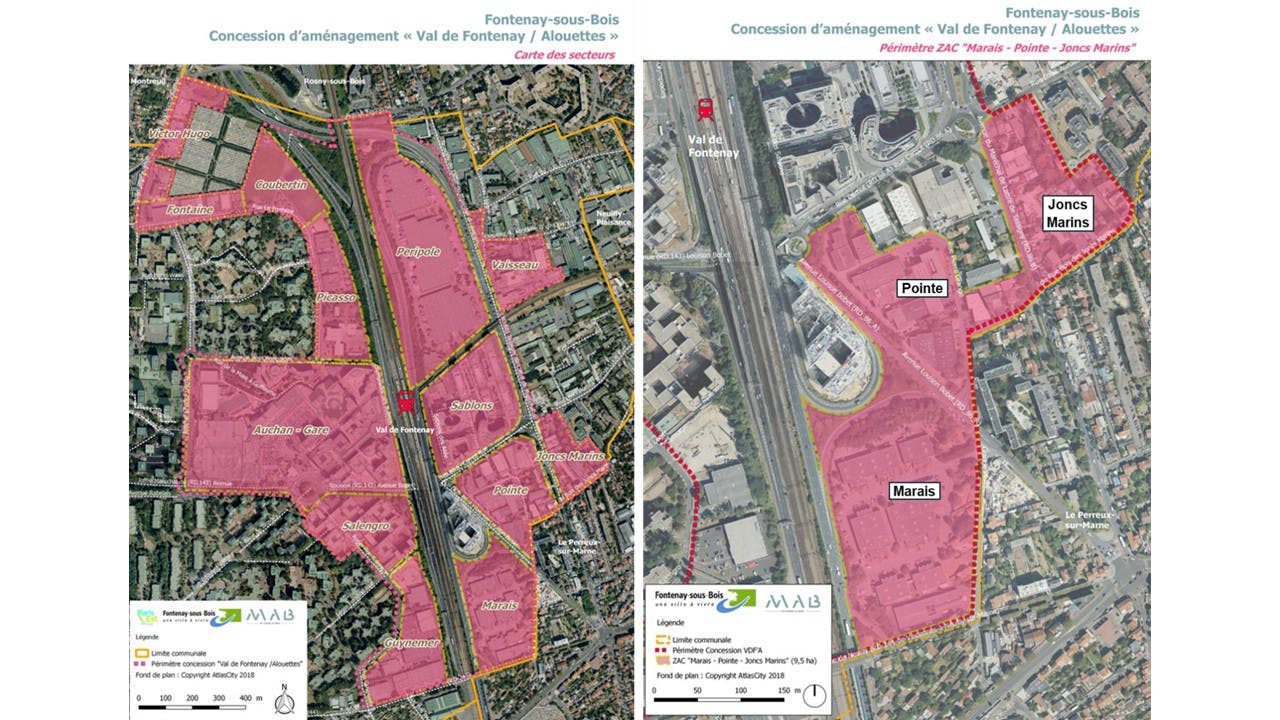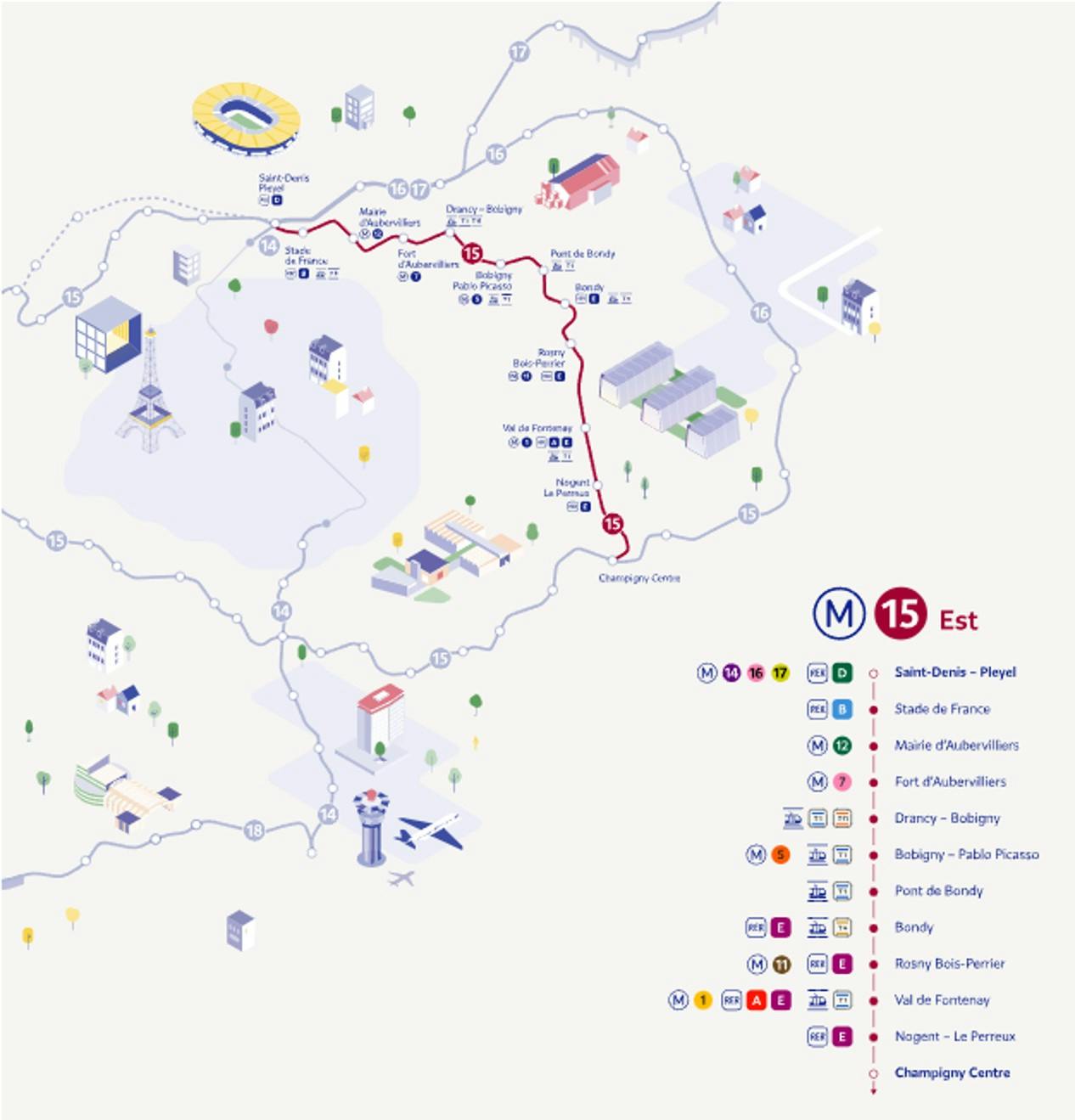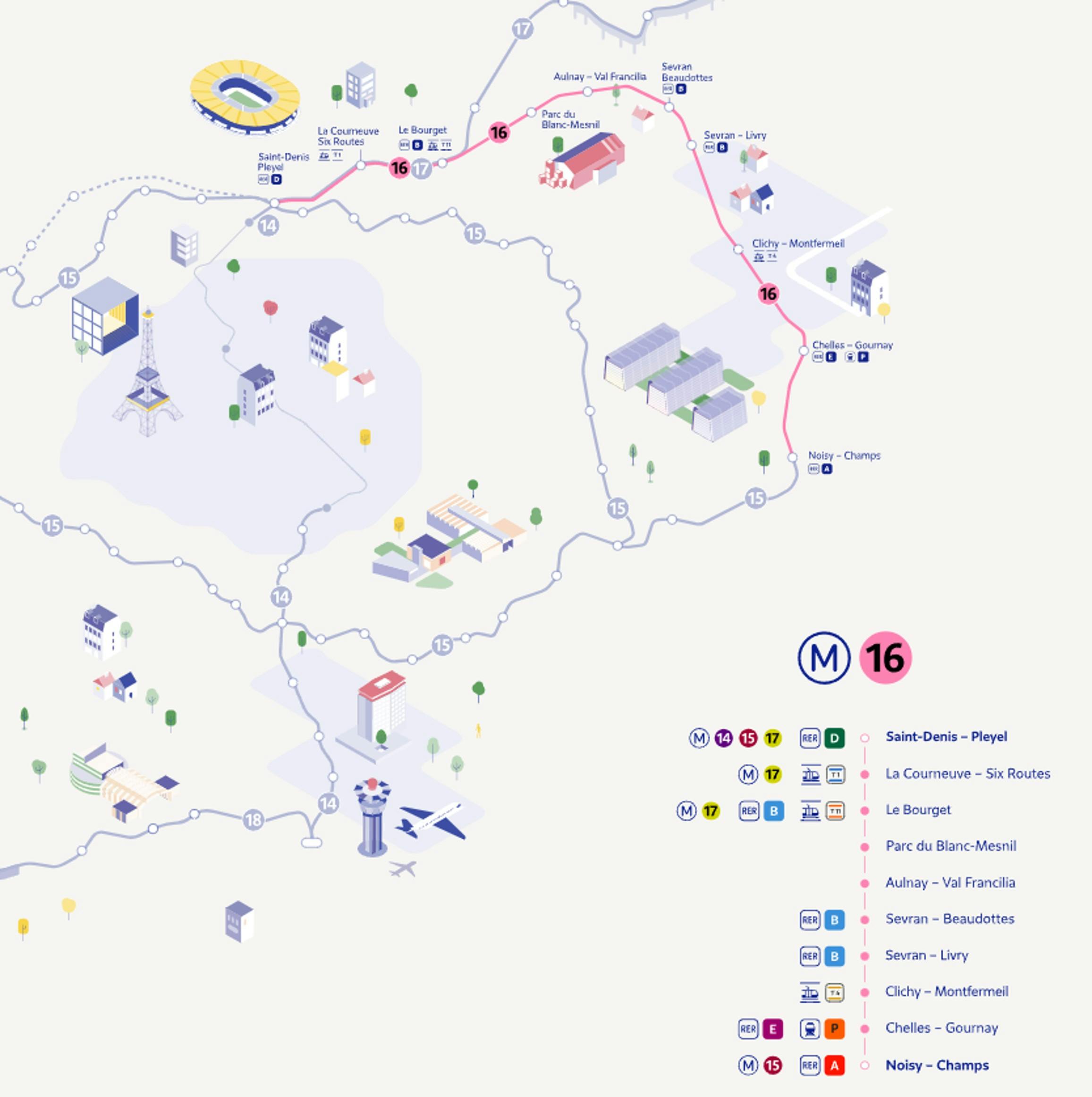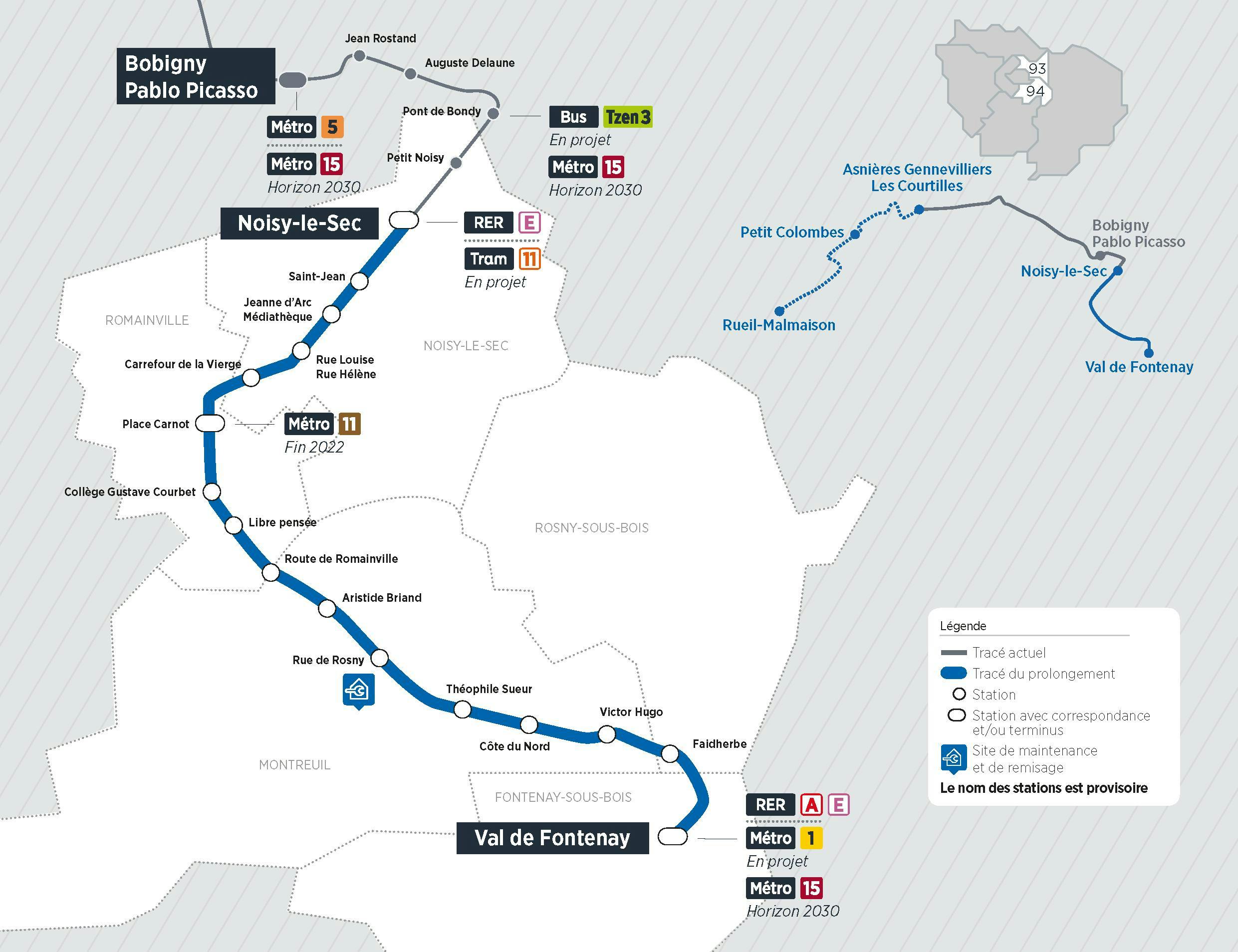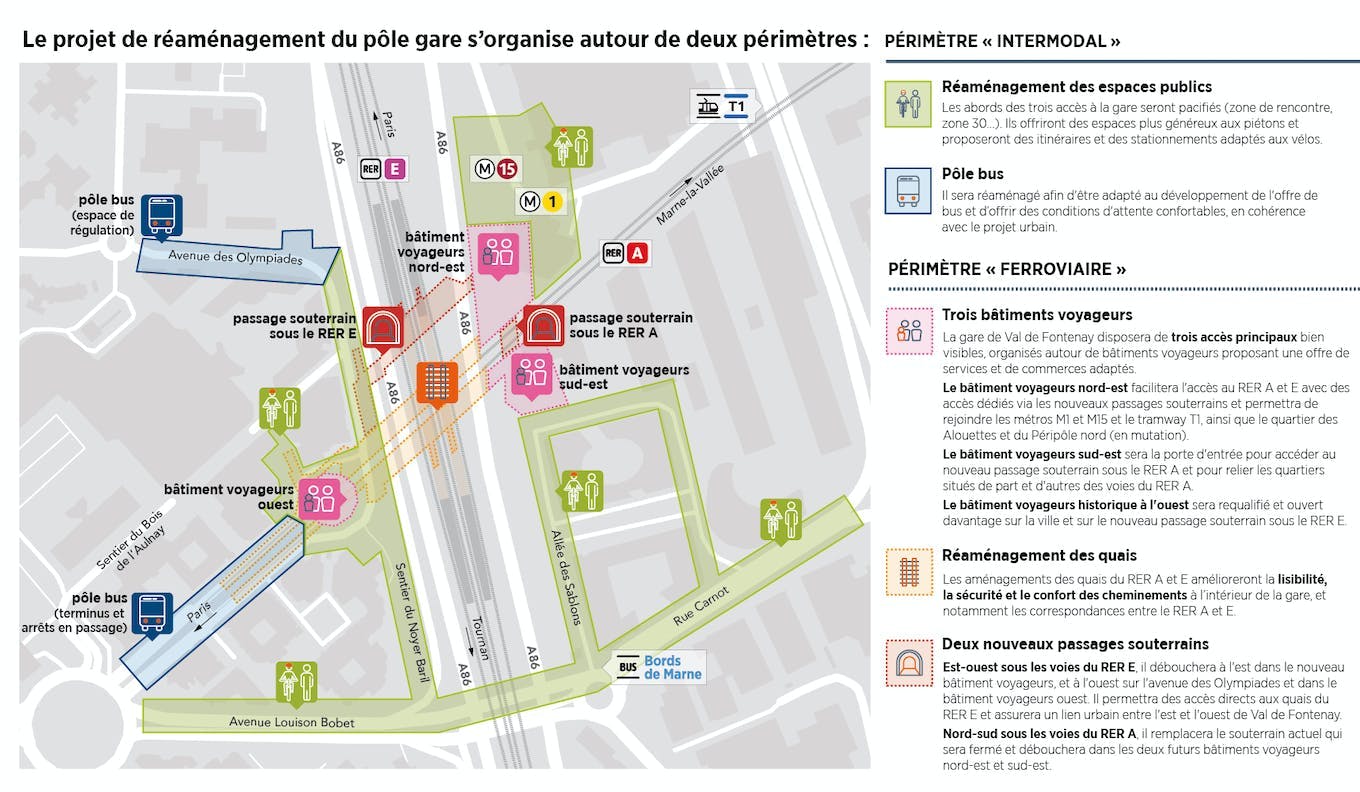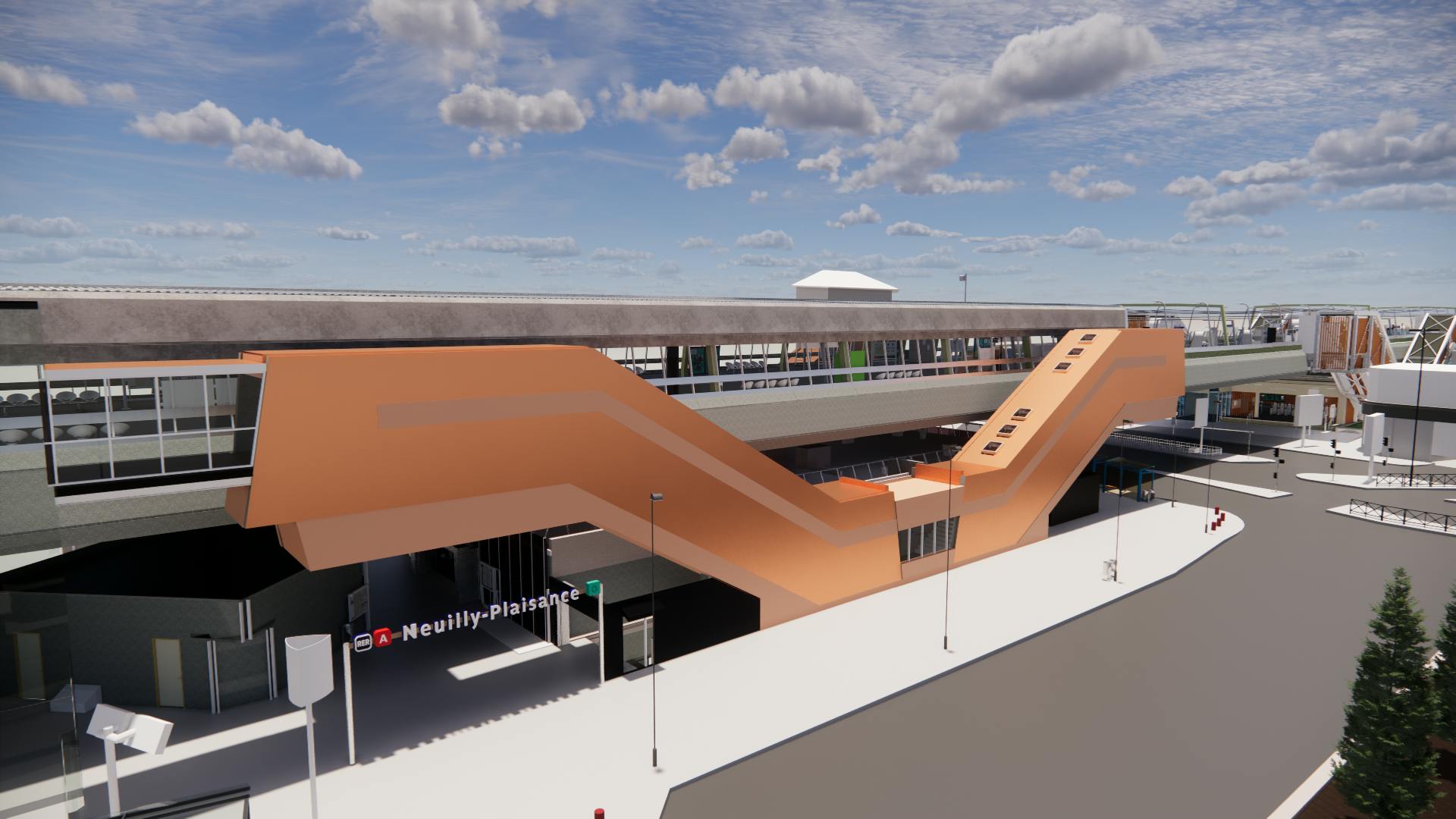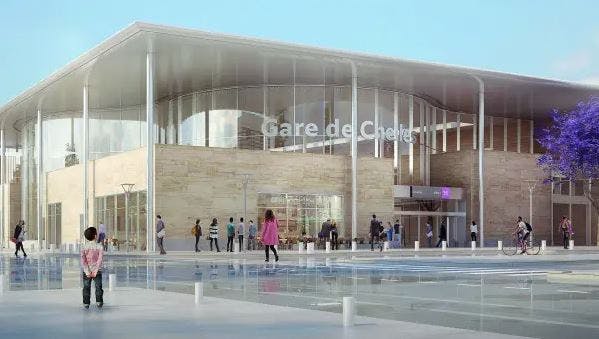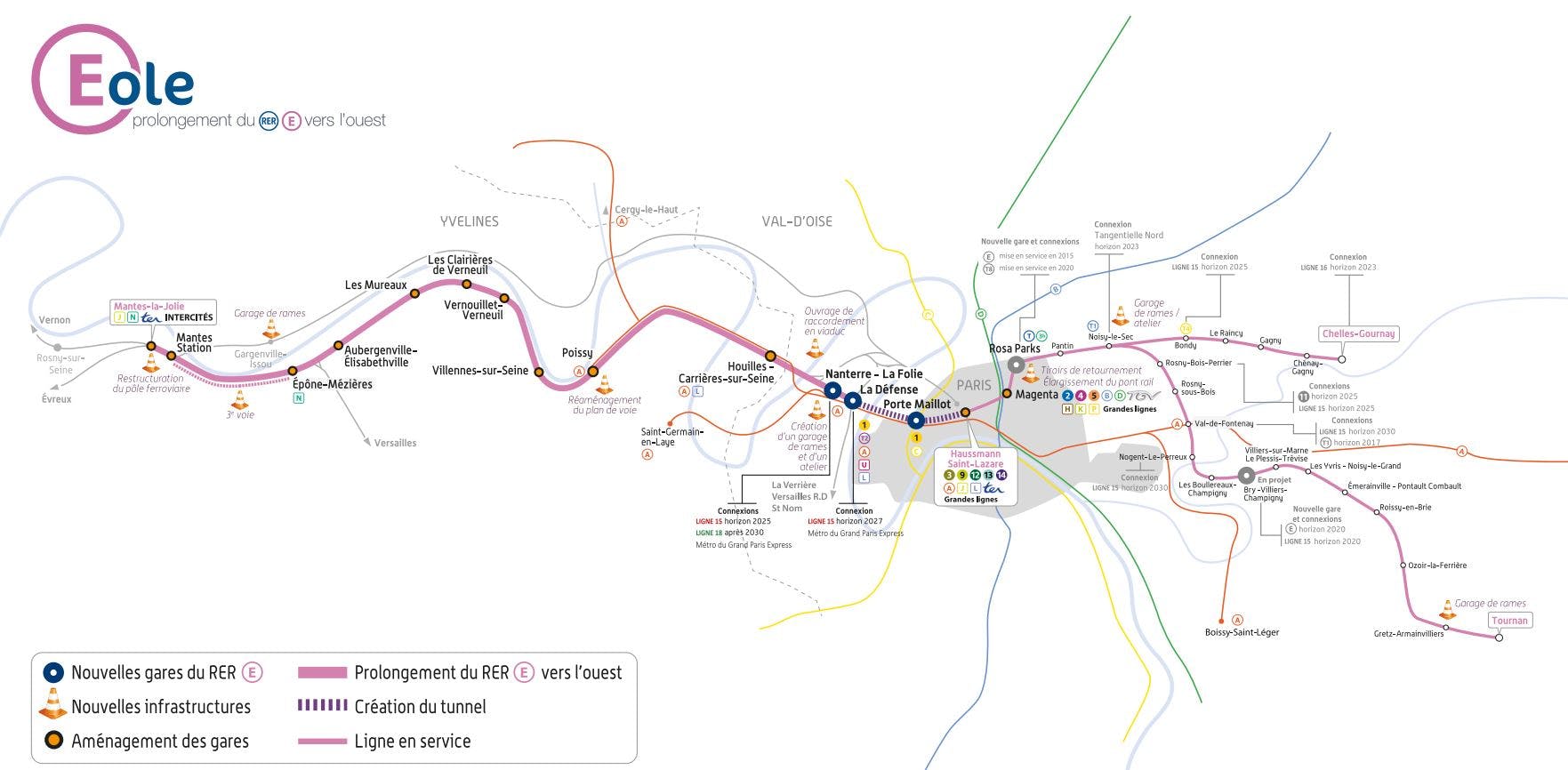Discover the project
Why the Bus Bords de Marne?
A growing need
of a solution of
Efficient transportation
The rapidly changing territory is highly dependent on the rail network for access to jobs in the heart of the metropolis. This need for efficient public transport will be further reinforced with the arrival of many urban projects (by 2035: + 16,000 jobs and + 41,000 inhabitants in the 7 municipalities crossed / + 1,000 jobs + 6,000 inhabitants within a radius of 500m around the Bus Bords de Marne).


A structuring axis
Connecting
Stations
The former RN34 serves 3 major stations (Val de Fontenay, Neuilly-Plaisance, Chelles-Gournay) which currently provide access to 3 strong lines (RER E, RER A, line P) to which will be added 3 other lines on the project's horizon: T1 extended to Val de Fontenay, new metro lines 15 and 16.


Difficulties
of traffic
on the former RN34
The bus lines in the area play an essential role in connecting to the rail network, but they are experiencing traffic difficulties on this axis, especially during rush hour. These difficulties impact the regularity of the lines, especially for line 113 which uses the former RN34.


The wish of
reclassify the former RN34
on an urban boulevard
This road is heavily used and passes through residential areas. The aim is to requalify it as a more peaceful urban boulevard and to improve the spaces for pedestrians, cyclists and public transport.


What are the objectives?
The Bus Bords de Marne project aims to improve the daily travel of users and to support the development of the territory:
- Offer an efficient mode of public transport, an attractive alternative to the private car to reach the stations in the area;
- Improve the quality of public spaces and strengthen the urbanity of the axis.
The preliminary studies, and in particular the ridership studies, have confirmed the choice of mode: the construction of dedicated bus lanes and the implementation of a new bus rapid transit (BRT) line with more capacity buses meet the challenges of travel.

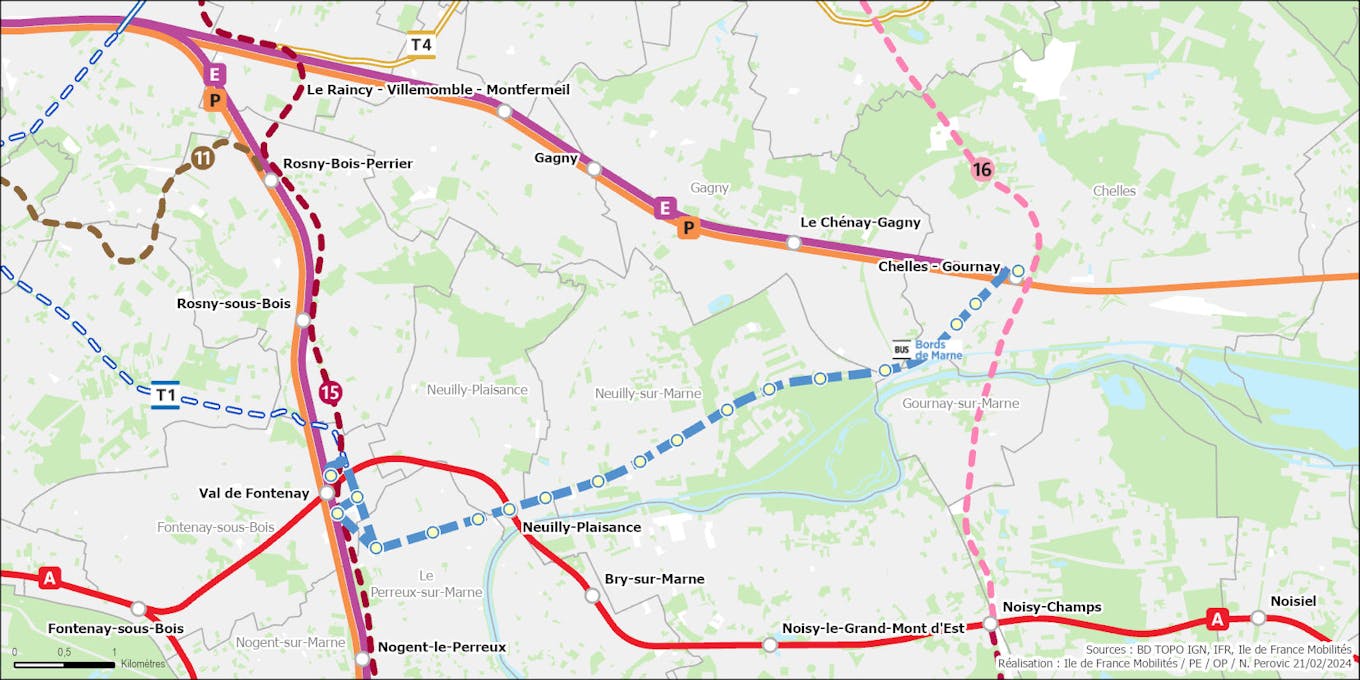
Map of the evolution of the public transport network in the run-up to the commissioning of the project, including the RER A, RER E, Line P, new metro lines 15 and 16, extension of the T1 to Val de Fontenay.
